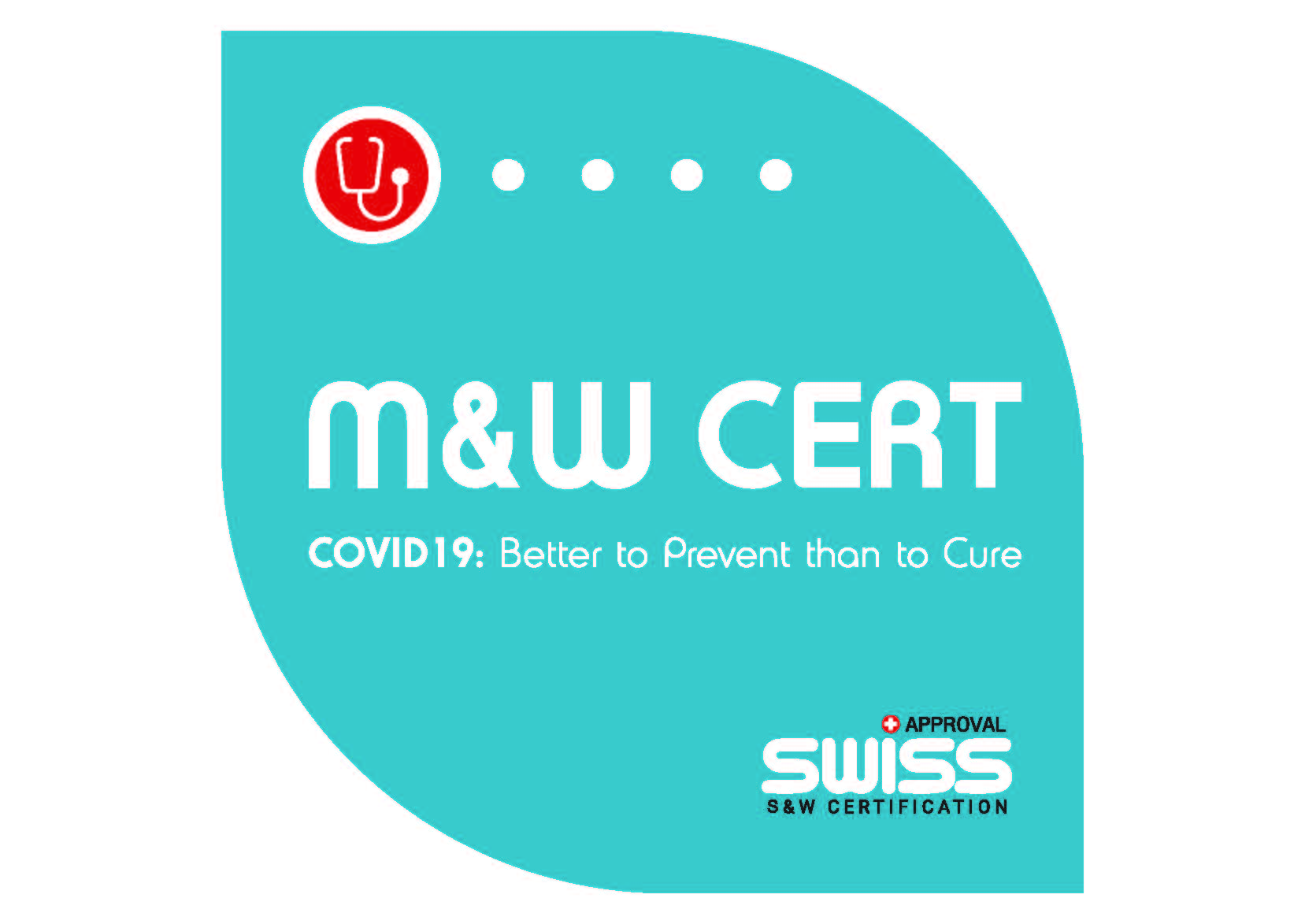Primary Health Care Services and Medical Activities for Patients Health Safety, towards:
- Medical Service Process Requirements & Monitoring.
- White Process, regarding Communicable, airborne diseases prevention, awareness and control.
The above are related, to any «Primary health care services or medical activities» unit or establishment, properly licensed by Local Authorities, delivering services’ to their Patients, Users and Visitors, defined under the general term: «M&W CERTIFICATION».
Introduction
Radical social, economic and cultural changes are in progress due to the Covid-19 pandemic, an infectious communicable, airborne disease, of interpersonal transmission. Health systems and especially Hospitals and Primary Health Care settings and providers are facing big challenges. It is urgent for both sectors, Public and Private, to proceed to strategic adaptations and new operational changes, in order to maintain their functional capacity and the safe access to high quality services delivery. Additional services shall be added in the daily operational process, new rules and good practices have to put in place, to prevent and control the viral entry and dissemination among patients, visitors, staff and any other person in contact with the premises.
The Swiss Approval M&W CERT qualification criteria, is an Innovative management & assessment tool, which is setting up the base for such significant changes.
The innovative framework of Swiss Approval M&W CERT for “Primary Health Care services and medical» activities, appoints a new Responsible, the so-called M&W Manager, dealing directly with the Patients and Visitors safety, in every physician’s office, infirmary, unit or setting of nurse and therapist services, dental services, rehabilitation facilities or home health care activities. In the today’s covid-19 pandemic, a new kind of safety procedures should be incorporated on a permanent basis, according to the epidemiological phase of the disease and the local transmission burden, as it is defined by the National or the district Health Authorities. The Primary Health Care public and private stakeholders should also take in consideration that the new safety measures implementation could change during the evolving pandemic context. However, many of these measures could be proved effective and beneficial if incorporated into routine post-pandemic practices, covering a large spectrum of “influenza-like” communicable diseases’ epidemic or seasonal outbreaks.
These additional Public Health preventive measures may imply increase of operational costs, but at the same time it will increase significantly the feeling of safety and security for Patients, Visitors and staff, or any other person implicated in services production and provision. It has also been proven that quality and safety of Primary health care could be a good value investment, as there is evidence that it can reduce the total health care costs and improves services’ efficiency.
The increase of operational costs is rather related to the following factors:
- Establishment and guarantee the maximum capacity of patient’s or visitor’s flow, that should be always less than 100%, according to the relevant authorities guidelines and in accordance to the nature, the range and the specification of the services’ provision.
- Investment in digital technologies (e-health services: e-medical records, e-registers, digital platforms, tele-medicine, mobile solutions etc.), to control or postpone routine, not urgent, visits or services, to promote safe mechanisms of coordination and communication between patients and providers by shifting of clinical encounters to digital platforms, to assure an entry screening (or triage) and the interoperable communication with the relevant Authorities.
- Additional Cleaning and Disinfection techniques and supplies (additionally to conventional).
- Use of personal protective equipment for employees, staff, Patients and Visitors safety.
- Invest in Facilities spaces’ rearrangement if needed, air safety improvement, outsourcing services, and specific qualified Human resources, as well as in Training and updated information for staff and health professionals.
The Primary Health Care providers, under the perspective of «M&W» qualification and certification, do not undertake responsibilities related to medical services effectiveness, and do not subsidize the role of any other medical care provider such Hospitals or Health Authorities.
The present certification schema criteria is based on three principles, included in WHO’s interim operational guidance (1 June 2020):
- Control of the eventual viral entry and dispersion in medical facilities.
- Screening and immediate isolation of suspect cases.
- Protection and safety of health professionals in any workplace of medical services.
The «Certification Body» has absolutely no responsibility for the transmission of infectious diseases to certified «Medical Doctors /Primary Health Care» Staff, Patients & Visitors or other personnel, as it investigates and assesses compliance with the M&W scheme requirements at the time of audit, exclusively with regard to precautionary and preventive measures in accordance with the instructions of the competent National or International authorities.
Scope
The scope of Swiss Approval «M&W» Scheme of Qualification Criteria Conformity Assessment is to assure the desired level of Patients, Visitors and Health professional’s health safety and contribute to the general National or local Public Health protection strategies, in the context of:
- Medical Service Process Requirements & Monitoring.
- White Process, regarding Communicable, airborne diseases surveillance prevention and control.
Certified «Enterprises», according to «M&W» Framework, are registered to the related database of SWISS APPROVAL INTERNATIONAL INSPECTION AND CERTIFICATION BODY, gaining a unique code for the identification and verification validity of the relevant conformity certificate.

